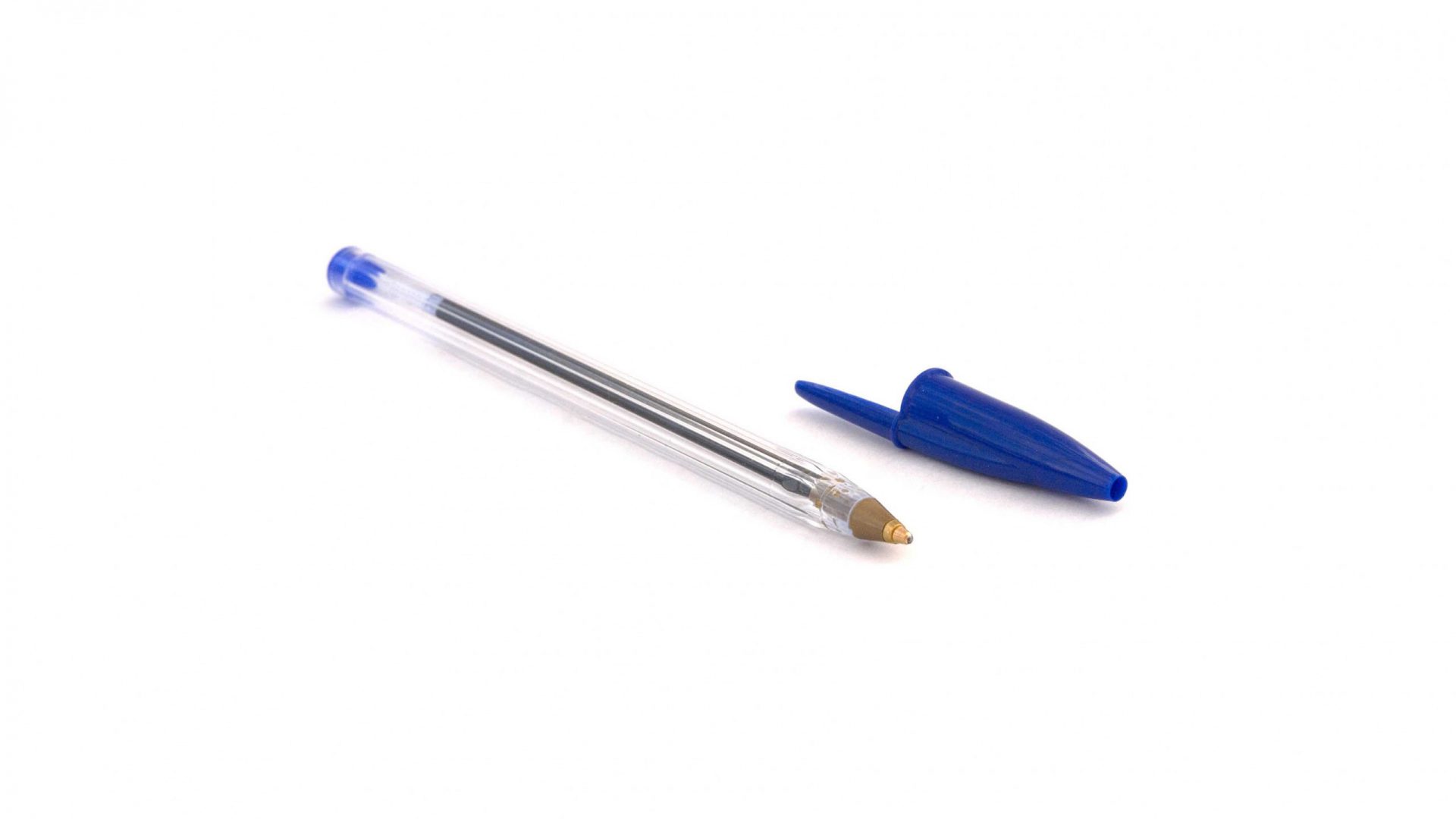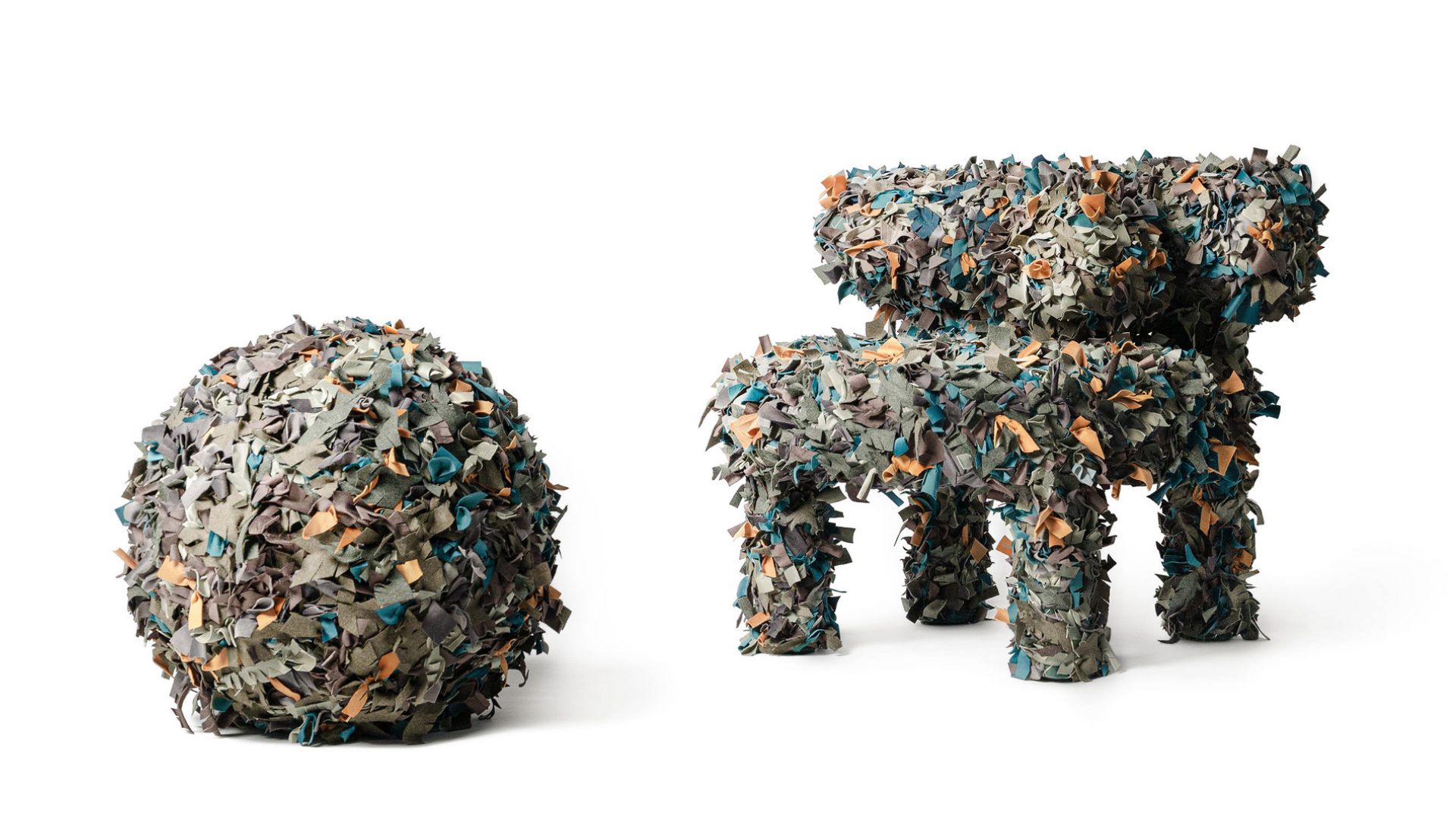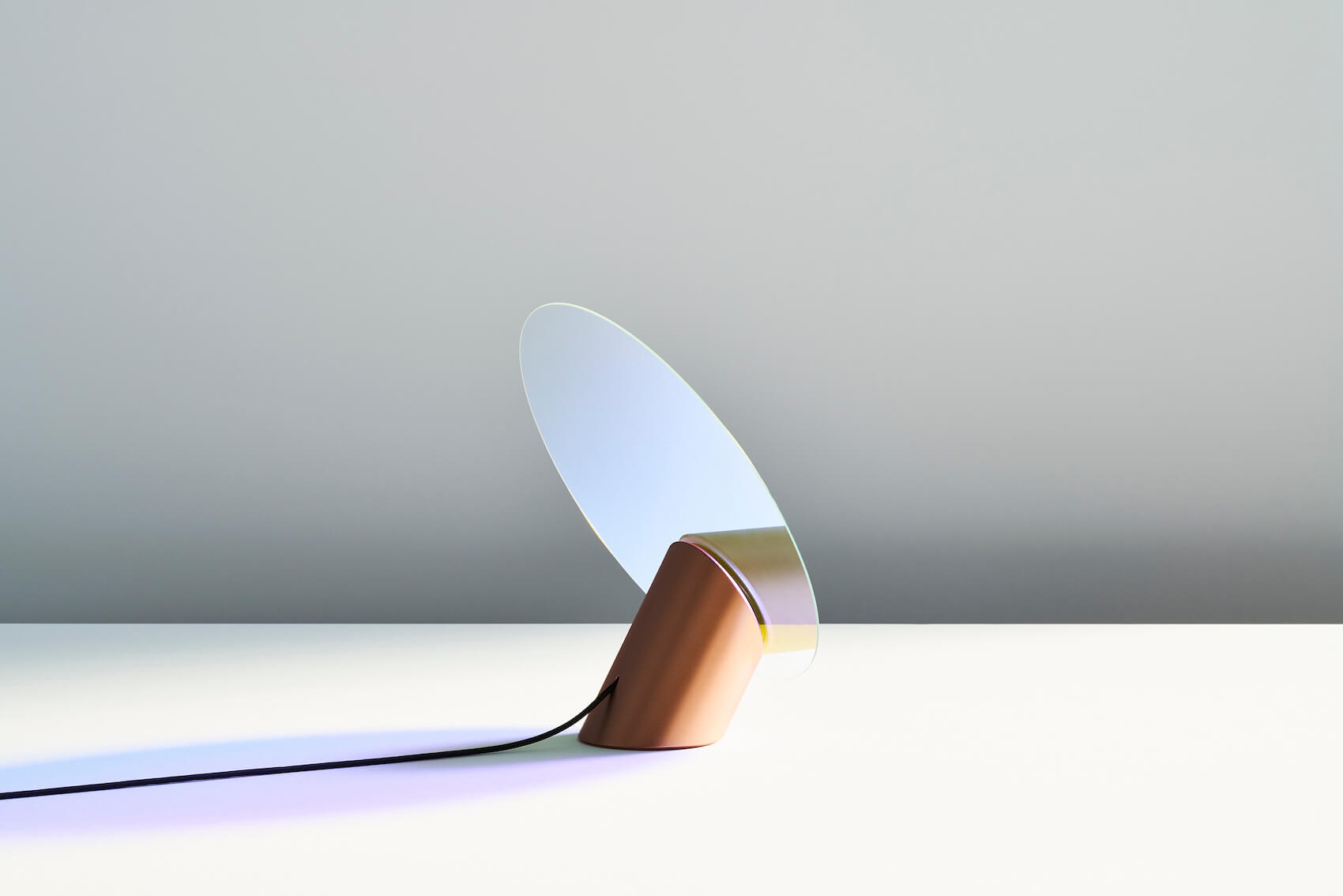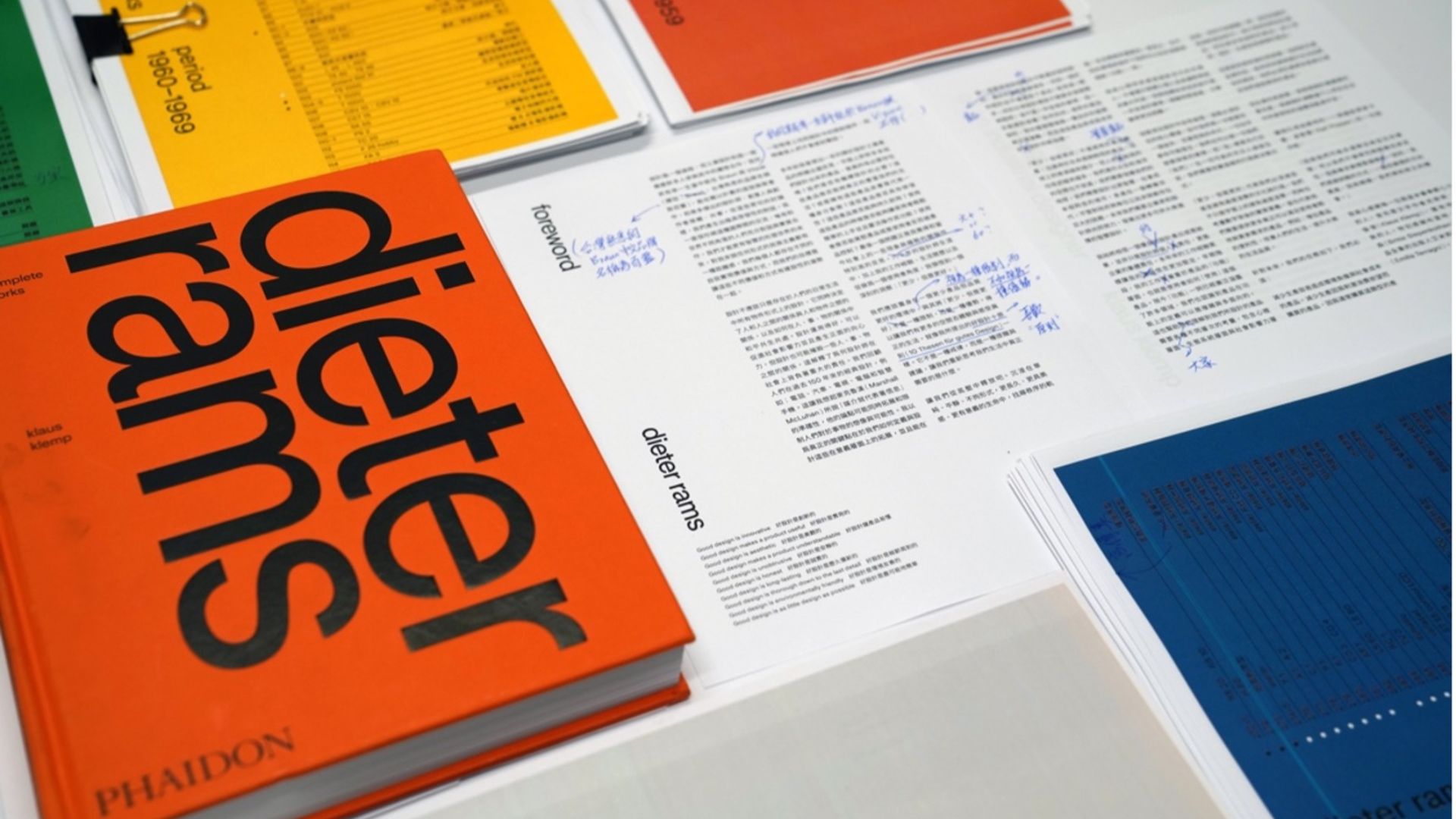Bic Pen: a cheap design that changed the history of writing
Arriving just in time for mass production, the Bic ballpoint biro pen was a stroke of genius and definitely something to write home about.

Introducing the Bic Pen, an unremarkable yet ubiquitous household and office staple that’s used by millions every day. Cheap and disposable are not normally words that spring to mind when thinking of iconic products. And yet, it’s the humdrum quality of our first low-profile design superstar that makes it such a timeless classic.
As it turns out this seemingly simple creation is responsible for changing history when it comes to the way we write. Diplomatic in its design, its utilitarian look uses a clear barrel made of polystyrene that cleverly reveals to the user how much ink they have left.
At the heart of it is a principle that basically mimics the same action as a roll-on deodorant. The ballpoint is held in a socket where enough space allows it to freely rotate releasing a constant, steady stream of ink from a fixed cartridge. It’s an overlooked mechanism that makes the ballpoint pen so incredibly clever, but its merits don’t stop there.
Gallery
Open full width
Open full width
Bic Pen: an everyday icon
Thanks to the pen’s hexahedral shape that mirrors the form of a pencil, it’s both easy to hold and desk proof in the sense that it won’t roll off surfaces. There’s also a tiny hole in the barrel to help keep air pressure inside and outside equal, helping the ink flow and preventing it from leaking. All of this is concealed in a pleasingly simple exterior that’s most obvious feature is a colour coded cap.
Its origins trace back to 1938 and an accidental inventor known as László Bíró, a journalist by trade who was fed up with having to constantly fill fountain pens. Looking for something speedier to write with, he invented the ballpoint, placing a ball in the nib that could pick up ink from an attached cartridge and plonk it onto the paper as it rolled around.
Unfortunately, World War Two got in the way of marketing this invention and it wasn’t until French Baron Marcel Bich, who had a factory on the edge of Paris, acquired the patent for the Biro and was able to significantly drop the price of its production.

Released in 1950, the Bic pen was a stroke of genius that arrived just in time for the era of mass production. Replacing the messy mishaps of fountain pens that were commonplace, now when there was no ink left, you could just pick up a new one.
Cheap plastic and a relatively economic process known as injection molding meant ballpoint models could be produced in mass and sold for less than ¢30. It’s a USP (unique selling point) that, like its unchanging aesthetic, has proved constantly popular over the years. Not to mention the fact that each Bic biro can write about 2 kilometers worth of scribble.
By 2006, over 100 billion had been sold worldwide, at the rate of about 57 every second. The Bic is the world’s top-selling pen and is featured in London’s Design Museum as well as the MoMA in New York.
A Design Villain
Unfortunately, it’s both the mass appeal and mass production of the Bic pen that make it a design hero and design villain all at the same time. Today, single-use, disposable pens still use an unnecessary amount of plastic, and yet there is very little awareness of the pollution caused. More than 1.6 billion are thought to be thrown out every year in the US alone. Thankfully, designers are taking it upon themselves to come up with smart solutions in response to Bic ballpoint pollution.

Last year Italian studio Carlo Ratti Associati revealed a completely compostable marker called the “Scribit”, comprising natural fibres and water-based, edible ink that can break down within six months.
Bic themselves also produce a range of pens made from 74% recycled plastic (more about innovative materials here) while other pen manufacturers like Paper Pens Co. and Eco-Pens have replaced the plastic body with tubes made of cardboard, or metal.

While the Bic pen is undoubtedly a design classic, it would seem that even most inconspicuous icons are not protected from the dangers of obsolescence. If you’re looking for a story about a perfect product, you’ll have to wait and see what we’re talking about in another eighty years from now.













